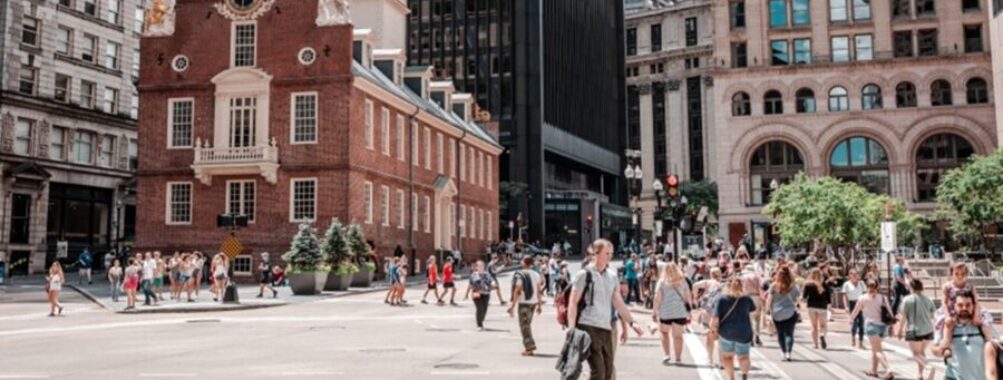
Is Boston Safe? Surprising Crime Stats and Safety Tips for Visitors
Boston has a reputation as one of the safest big cities in America. Although no urban area is completely crime-free, Boston generally sees lower rates of violent crime compared to many other major U.S. cities. Visitors can feel at ease exploring famous sites like the Freedom Trail or catching a Red Sox game at Fenway Park.
Like any city, it’s smart to stay alert and use common sense. Keep an eye on belongings in crowded areas and be aware of your surroundings, especially at night. Some neighborhoods have higher crime rates than others, so it helps to research where you’ll be staying.
Boston’s compact layout and good public transit make it easy to avoid sketchy areas. Stick to well-lit, busy streets when walking after dark. With basic precautions, most tourists find Boston to be a welcoming, secure place to visit and enjoy its rich history and culture.
Contents
- Understanding Boston’s Safety Profile
- Crime Rates Compared to National Average
- Violent Crime Statistics
- Property Crime in Context
- Boston Neighborhoods Safety Analysis
- Safer Neighborhoods for Tourists and Residents
- Areas With Higher Crime Rates
- Tourist Safety in Boston
- Popular Attractions and Safety
- Public Transportation and Safety
- Accommodation and Nighttime Safety
- Strategies for Personal Safety in Boston
- Preventive Measures Against Crime
- Tips for Safeguarding Valuables and Avoiding Theft
- Guidelines for Solo and Female Travelers
- Perspective on Crime and Safety Trends
- Analysis of Boston Police Department Initiatives
- Boston’s Reputation and Safety Measures Over Time
- Comparing Boston’s Safety to Other Major Cities
- Frequently Asked Questions
- What areas of Boston are recommended for a safe solo female travel experience?
- How does the safety in Boston compare to that of New York City for residents?
- What precautions should one take when exploring Boston after dark?
- What makes Boston a city with a relatively low crime rate?
- Could you highlight the safety aspects for students considering Boston for their studies?
- What are some tips for ensuring a secure living environment in Boston?
- More Travel Guides
Understanding Boston’s Safety Profile
Boston’s safety profile is a mix of positive and negative factors. The city has made progress in some areas but still faces challenges in others. Let’s break down the key stats and trends.
Crime Rates Compared to National Average
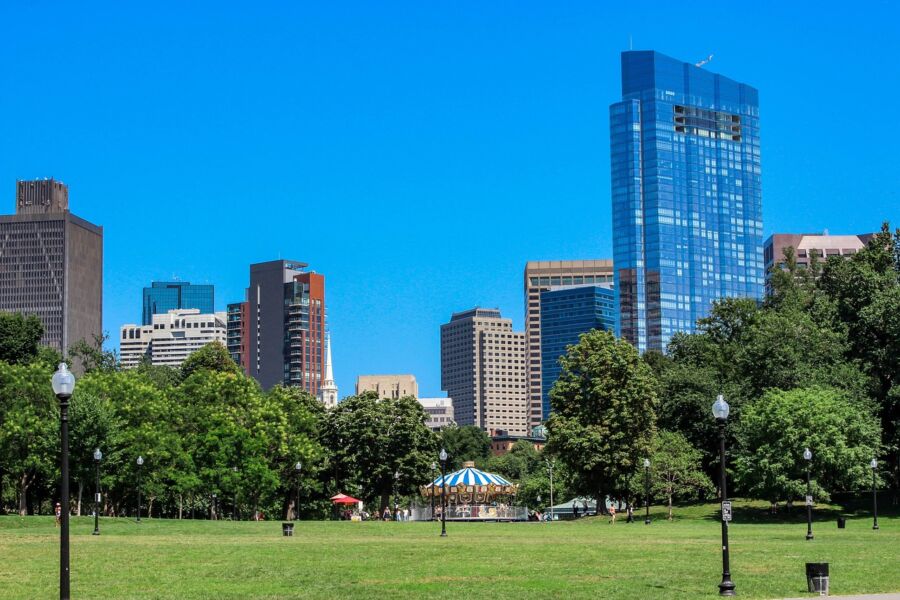
Boston’s overall crime rate sits above the national average. In 2024, the city saw about 3,000 crimes per 100,000 residents. That’s roughly 30% higher than the U.S. average of 2,300 per 100,000. But it’s not all bad news.
Boston’s violent crime rate is only slightly above average. The city logged about 400 violent crimes per 100,000 people last year. That’s just 5% higher than the national rate.
Property crime is where Boston struggles more. The city’s rate of 2,600 property crimes per 100,000 residents is about 40% above the U.S. average. This includes things like theft, burglary, and car break-ins.
Violent Crime Statistics
Violent crime in Boston isn’t as bad as some might think. The city saw about 2,700 violent crimes total in 2024. That breaks down to:
- 30 murders
- 250 rapes
- 1,000 robberies
- 1,400 aggravated assaults
These numbers have stayed pretty steady over the last few years. Boston’s murder rate is actually lower than many other big U.S. cities.
Assaults are the most common violent crime. They often happen late at night in busy nightlife areas. Tourists should be extra careful in these spots after dark.
Property Crime in Context
Property crime is Boston’s biggest safety issue. The city logged about 17,500 property crimes in 2024. Here’s how that breaks down:
- 12,000 thefts
- 3,000 burglaries
- 2,000 car thefts
- 500 arsons
Theft is by far the biggest problem. Pickpocketing and bike theft are especially common. Tourists should keep a close eye on their stuff in crowded areas.
Car break-ins are another big issue. Don’t leave valuables visible in parked cars. Use parking garages when possible, especially at night.
Burglary rates have gone down in recent years. But it’s still smart to lock up when leaving your hotel or Airbnb.
Boston Neighborhoods Safety Analysis
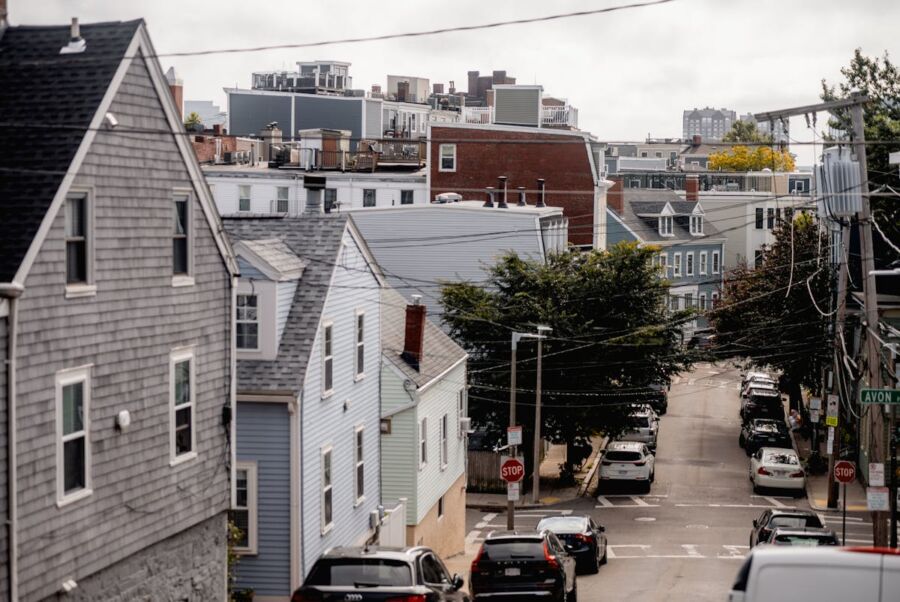
Boston’s neighborhoods vary in safety levels. Some areas are quite secure for both residents and visitors, while others face higher crime rates. Let’s look at which parts of the city tend to be safer and which ones need more caution.
Safer Neighborhoods for Tourists and Residents
The North End is one of Boston’s safest spots. It’s packed with Italian restaurants and historic sites. Tourists love it here. The area has a strong community feel and low crime rates.
West Roxbury is another safe bet. This quiet, suburban-like area is great for families. It’s far from downtown, but that distance helps keep crime low.
Jamaica Plain is hip and diverse. It’s got a mix of young professionals, families, and students. While not as safe as some areas, it’s still considered pretty secure.
Brookline, though not technically part of Boston, is worth mentioning. It’s right next door and very safe. The crime rate there is just 18.13 per 1,000 people.
Areas With Higher Crime Rates
Downtown Boston can be tricky. It’s safe during the day when it’s busy. But at night, be more careful. There are more pickpockets and street crimes here than in other parts of the city.
Roxbury and Mattapan have higher crime rates. These areas struggle with poverty and gang activity. Visitors should be extra cautious here, especially after dark.
Parts of Dorchester also face safety issues. It’s a big neighborhood with some safer areas, but others have more crime. South Boston, or “Southie,” has gotten safer over the years. But it still has some rough spots.
Hyde Park is generally okay but has pockets of higher crime. It’s mostly residential and farther from the city center.
Tourist Safety in Boston
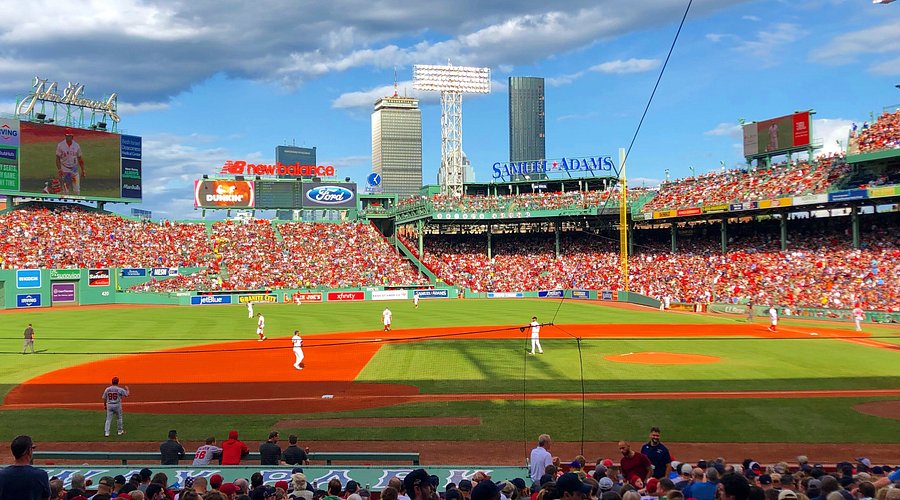
Boston is generally a safe city for tourists. Visitors can enjoy attractions, use public transit, and stay in various neighborhoods with minimal concerns. Taking basic precautions helps ensure a smooth trip.
Popular Attractions and Safety
Boston’s top sights are safe to visit. The Freedom Trail, a 2.5-mile path through historic sites, is well-lit and patrolled. Fenway Park has security checks for games. Museums like the Museum of Fine Arts have guards and bag checks.
Quincy Market and Faneuil Hall get crowded. Keep an eye on belongings there. Pickpockets sometimes target busy areas. Use a cross-body bag or front pocket for valuables.
Boston Common is fine during the day but be alert at night. Stick to well-lit paths after dark. The Public Garden next door closes at night.
Public Transportation and Safety
The MBTA, Boston’s subway system, is a safe way to get around. Trains and stations have cameras and staff. Avoid empty cars late at night. Sit near the conductor if you’re nervous.
Buses are also safe. Drivers can call for help if needed. Use bus tracking apps to limit wait times at stops.
Rideshares like Uber and Lyft are widely used. Check the license plate matches the app before getting in. Share your trip with a friend for extra peace of mind.
Taxis are regulated and safe. Look for official medallions. Ask for a receipt if you’re unsure about the fare.
Accommodation and Nighttime Safety

Most Boston hotels are in safe areas. Back Bay and Downtown have lots of options close to attractions. The North End is quieter but still central.
Use the room safe for passports and extra cash. Double-check door locks at night.
Walking at night is usually fine in busy areas. Beacon Hill and the North End have people out late. Avoid dark, empty streets.
For nightlife, the Seaport and Faneuil Hall are lively and safe. Stick to well-lit main roads when bar-hopping. Take a cab or rideshare if you’re unsure of the route back to your hotel.
Strategies for Personal Safety in Boston
Boston is generally safe, but taking precautions can help ensure a worry-free visit. Being aware of your surroundings and following some simple tips can go a long way in keeping you safe.
Preventive Measures Against Crime
Stay alert when walking around, especially at night. Stick to well-lit areas and busy streets. Trust your gut – if something feels off, it probably is.
Keep your phone handy but not out in the open. It’s tempting to check directions, but thieves love distracted tourists. Duck into a shop if you need to use your phone.
Learn the layout of the city before you go. Knowing where you’re headed cuts down on looking lost. The T (subway) is usually safe, but keep an eye on your stuff during crowded rush hours.
Don’t flash cash or valuables. Leave fancy jewelry at home. Blend in by dressing like a local – skip the “I Love Boston” t-shirt.
Tips for Safeguarding Valuables and Avoiding Theft
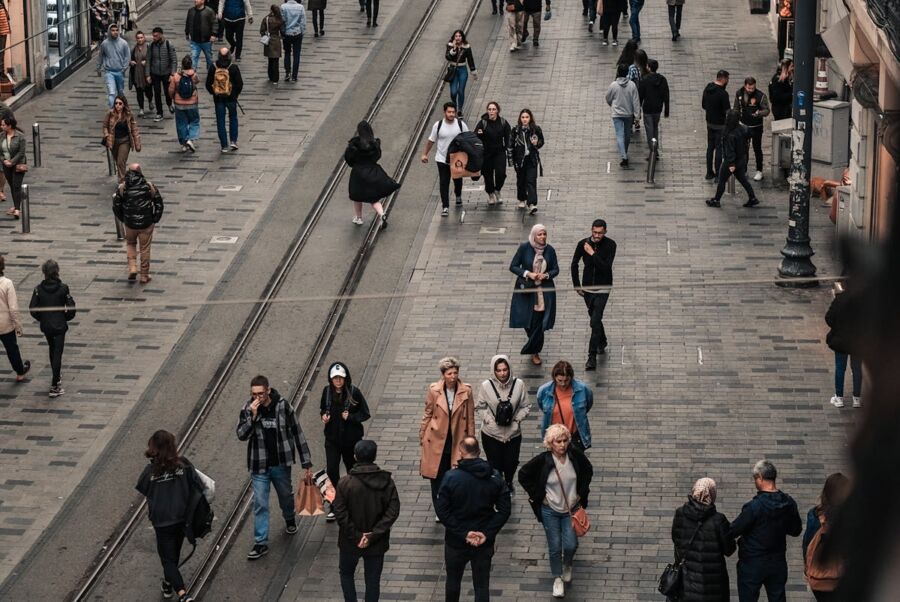
Pickpockets love crowds, so be extra careful in busy spots like Faneuil Hall or Fenway Park. Keep wallets in front pockets and bags zipped up and close to your body.
Use the hotel safe for passports and extra cash. Only carry what you need for the day. Spread valuables out – don’t keep all your cards and cash in one place.
Be smart with your gear. Don’t leave bags unattended or hang purses on chair backs in restaurants. On the T, keep backpacks and luggage close.
Watch out for common scams. If a deal seems too good to be true, it probably is. Stick to official ticket sellers and tour operators.
Guidelines for Solo and Female Travelers
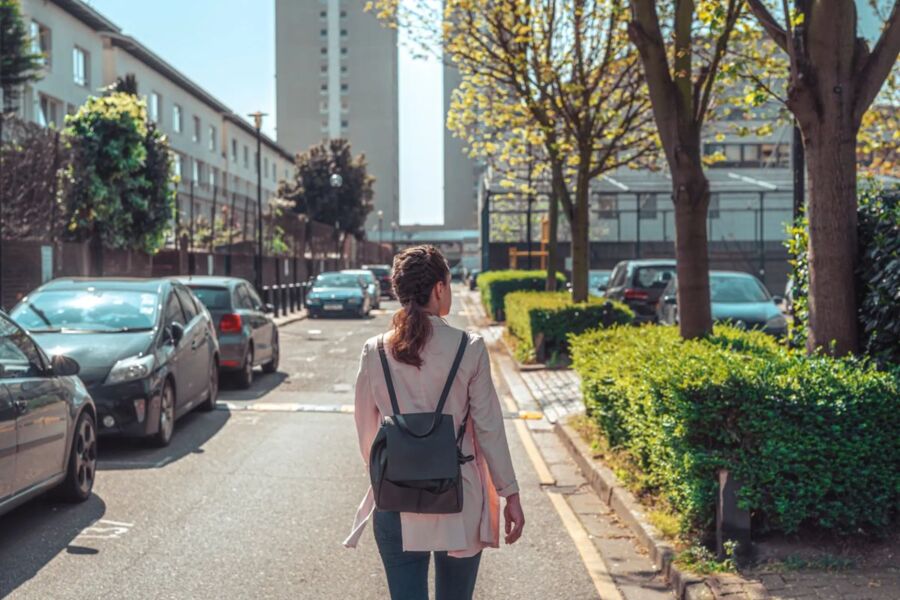
Boston’s pretty safe for solo travelers, but a little extra caution never hurts. Let someone know your plans each day. Check in regularly with folks back home.
Trust your instincts. If a situation feels sketchy, get out of there. Don’t be afraid to be rude if someone’s making you uncomfortable.
Avoid walking alone late at night, especially in less busy areas. Grab an Uber or taxi instead. If you do walk, stick to well-lit main streets.
Ladies, consider bringing a cross-body bag that’s harder for thieves to snatch. Keep an eye on your drink at bars. It’s sad we have to say this, but it’s better to be safe.
Perspective on Crime and Safety Trends
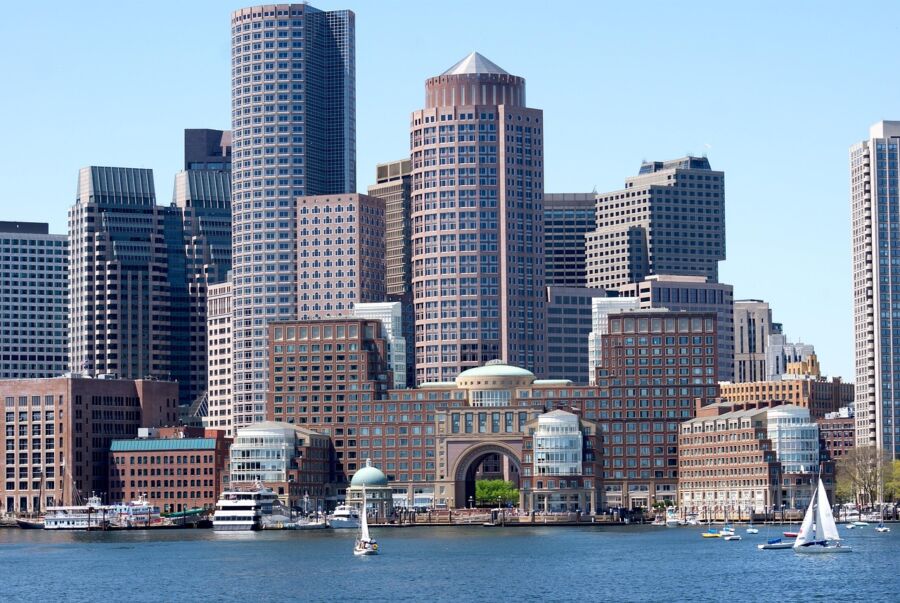
Boston’s crime and safety situation has evolved in recent years. The city has made strides in reducing violent crime through various initiatives, while its reputation for safety has fluctuated compared to other major U.S. cities.
Analysis of Boston Police Department Initiatives
The Boston Police Department has rolled out several programs to tackle crime. They’ve increased community policing efforts, putting more officers on foot patrols in neighborhoods. This has helped build trust between residents and law enforcement.
The department has also embraced technology. They’ve installed more security cameras in high-crime areas and use data analytics to predict where crimes might occur. This lets them deploy resources more effectively.
One interesting initiative is the Youth Violence Strike Force. It focuses on preventing gang activity and helping at-risk youth find better paths. The program offers mentoring, job training, and other support services.
Boston’s Reputation and Safety Measures Over Time
Boston’s safety reputation has had its ups and downs. In the 1990s, the city struggled with high crime rates, especially during the infamous “Boston Miracle” period. But things improved a lot in the early 2000s.
Recently, Boston has seen some positive trends. The number of murders hit a historic low in 2024, with only 24 cases. That’s the lowest since 1957! It’s a big drop from previous years.
The city has worked hard on gun control measures. They’ve partnered with surrounding towns to trace illegal firearms and run buyback programs. These efforts seem to be paying off, with fewer shootings reported.
Comparing Boston’s Safety to Other Major Cities
When it comes to safety, Boston stacks up pretty well against other big U.S. cities. It’s generally considered safer than places like Chicago, Detroit, or Memphis.
A recent study ranked Boston as the 10th safest large city in America. That puts it ahead of many other major urban areas. The city has lower rates of violent crime than cities like Philadelphia or New York.
But it’s not all rosy. Boston still faces challenges with property crimes and some types of assaults. And public perception doesn’t always match the stats. In a survey, 43% of residents said they didn’t feel safe walking alone at night.
Frequently Asked Questions
Boston is generally a safe city, but visitors and residents still have questions about specific safety aspects. Let’s address some common concerns about safety in Boston.
What areas of Boston are recommended for a safe solo female travel experience?
Back Bay, Beacon Hill, and the North End are great neighborhoods for solo female travelers. These areas have lots of people around and are well-lit at night. Many women feel comfortable walking alone here during the day and early evening.
How does the safety in Boston compare to that of New York City for residents?
Boston tends to have lower crime rates than New York City. It’s smaller and has fewer high-crime areas. Many Bostonians feel safe walking at night in their neighborhoods. But both cities have their good and bad spots.
What precautions should one take when exploring Boston after dark?
Stick to well-lit, busy streets. Don’t walk alone in unfamiliar areas late at night. Keep your phone and wallet out of sight. Trust your gut – if something feels off, leave the area. Taking a taxi or rideshare is a good idea after dark.
What makes Boston a city with a relatively low crime rate?
Boston has strong community policing programs. There’s a focus on youth outreach and crime prevention. The city also has a lot of colleges, which can help keep crime down. Good public transit makes it easier for people to get around safely.
Could you highlight the safety aspects for students considering Boston for their studies?
Most college areas in Boston are pretty safe. Schools have their own police forces and safety programs. Emergency phones are also available on many campuses. Student housing often has extra security measures. Boston’s public transit makes it easy to get around without walking late at night.
What are some tips for ensuring a secure living environment in Boston?
Choose a neighborhood that fits your comfort level. Get to know your neighbors, as they can keep an eye out for you. Make sure your home has good locks on doors and windows. Consider a security system if you’re really worried. Don’t let strangers into your building.



